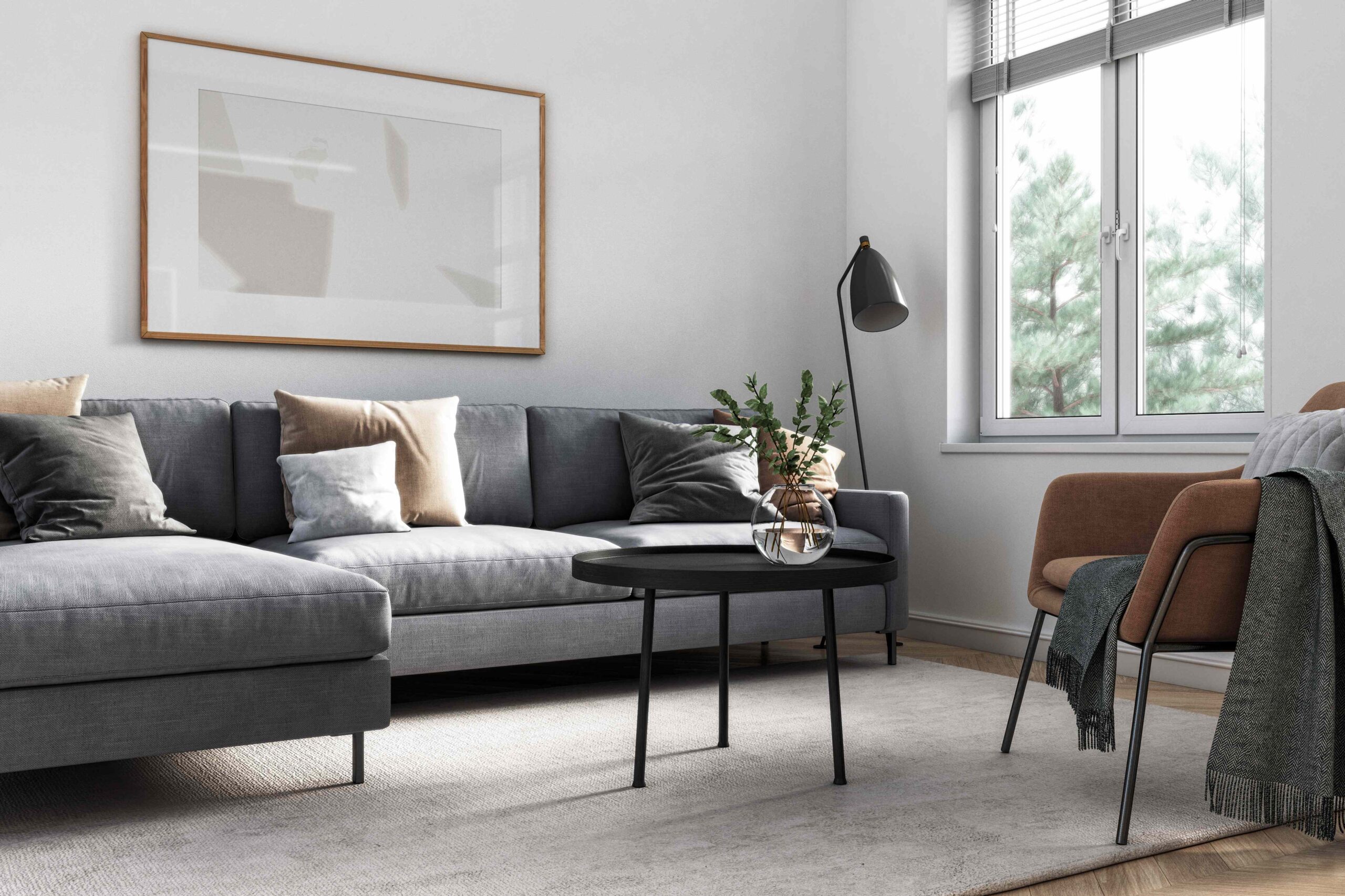With summertime in full swing, you may be looking for ways to cool down your home so that your space feels more welcoming and refreshing once you return from time spent outdoors. As it turns out, several of your design choices may be contributing to an extra-hot home this time of year.
Below, three pros speak to five common home elements that lead to your space retaining heat. Be sure to avoid these practices if you’re craving a more breezy feel this summer!
Meet the Expert
- Dallen Russell is a remodeling advisor with InSite Builders & Remodeling.
- Rachel Blindauer is the founder of an eponymous interior design firm.
- Rick Berres is the owner of the remodeling company, Honey-Doers.
Using Heavy Upholstery Fabrics
Catherine McQueen / Getty Images
You may be drawn to heavy fabrics because of the moody, luxe touch they add to your home, but keep in mind that materials like velvet, leather, and wool will only make your space feel hotter. This is because they retain heat and reduce airflow, Dallen Russell, a remodeling advisor with InSite Builders & Remodeling, explains.
“They absorb sunlight and add to the warmth of a space,” he says, noting that if a room receives strong natural light, the effect will only magnify.
In addition, be mindful when it comes to synthetic fabrics, too. Using these on your upholstery or bedding can trap body heat, Russell shares. Rachel Blindauer, the founder of an eponymous interior design firm, agrees with this take.
“A bench in the entryway becomes sticky,” she says. “A sofa feels like it’s sweating.”
Want more design inspiration? Sign up for our free daily newsletter for the latest decor ideas, designer tips, and more!
Opting for Heavy Curtains
Upholstery isn’t the only area you’ll want to take into consideration; you will also want to steer clear of thick drapery in your home if you’re looking to minimize heat. That said, keep in mind that you can always change out items such as your living room curtains seasonally, Blindauer adds, who likes to opt for a linen curtain blend in the summertime.
Extra sets of curtains are easy to store in a small under-bed bin for safekeeping without cluttering up your home.
Painting Your Rooms Dark Colors
Ekaterina Goncharova / Getty Images
You may be inclined to select dark paint colors for your walls to achieve a certain look, but be mindful that this decision may ultimately affect your comfort levels.
“While rich and dramatic, they often contribute to a heavier, hotter atmosphere,” Russell says, noting that this is simply because darker colors absorb more heat than their lighter counterparts.
Rick Berres, the owner of remodeling company Honey-Doers, agrees.
“I think people who are into moody colors love the idea when they’re painting their moody, dark gray living room, but they love it less in the middle of summer, where all that darkness absorbs all the sunlight and makes it feel like an oven,” he says.
Before you commit to a hue, be honest with yourself about whether it is one that will continue to spark joy all year long or if it’s more of a seasonal favorite.
Decorating With Layers of Textiles
Os Tartarouchos / Getty Images
Many people crave a layered, lived-in look, but taking the approach of layering various throws, pillows, and rugs might only make you feel hotter.
“These decorative elements hold onto heat and limit natural circulation,” Russell says.
Blindauer explains how these textiles can be cozy in the wintertime but feel like insulation in the summer. If you’re insistent on decorating with these items, be strategic about where you place them within a given room. Russell cautions against placing these heavy textiles in front of vents or windows, which can prevent proper airflow.
Again, you can also skip the rugs in the summertime for a space that’s more breezy—literally.
“Sometimes I pull rugs altogether during warmer months and let the floors shine,” Blindauer says. “It shifts the energy of a room fast.”
Incorporating Too Many Mirrors
Mirrors can add glamour and personality to a space while also making it appear larger and brighter. That said, too many mirrors can be a mistake during the warmer months.
“When you’ve got a sunny room and you also have mirrors reflecting all that sunlight around, you can get burned—sometimes, literally,” Berres says.











